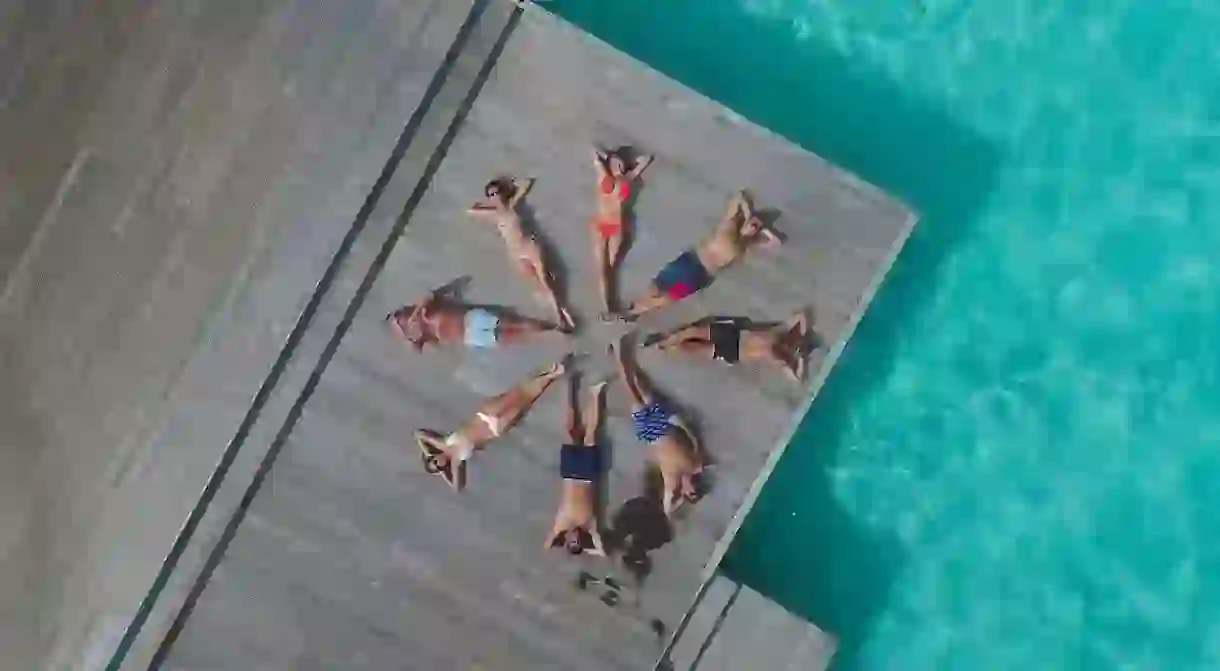The UV Index Will Save Your Skin at Home or Abroad

While most of us are careful to slather on sunscreen before a day at the beach, we’re admittedly less vigilant day to day. Check the UV Index and its guidelines to ensure you’re properly protected, wherever you are in the world.
The United States Environmental Protection Agency’s (EPA) UV Index is designed to indicate the level of ultraviolet (UV) radiation in a specific location on any given day. It’s measured on a scale starting at one (low) and ending at 11 or more (extreme) based on the amount of UV radiation reaching ground level, the forecasted amount of cloud cover and the elevation of the ground (because the closer you are to the sun, the greater the exposure, naturally).
How do UV rays affect the skin?
There are two types of UV rays to be concerned about: UVB, the shortwave type that causes the skin to redden and burn, and plays a central role in the development of skin cancers; and UVA, whose longwave rays tan the skin and contribute to ageing.
According to the Skin Cancer Foundation, UVA is 30 to 50 times more prevalent than UVB at the Earth’s surface, and accounts for up to 95 percent of UV rays at ground level. UVA rays can also penetrate windows and clouds and, unlike UVB, their presence and intensity isn’t determined by the season, which is why it’s smart to wear sunscreen year-round.

What are the best ways to protect the skin from UV damage?
The UV Index also comes with recommendations for how best to prevent sun damage. Mostly, it’s the usual advice—stay out of the sun between the hours of 10am and 4pm, apply SPF 30 liberally and frequently, and wear sunglasses and a wide-brimmed hat.
For more personalized information, use this sunburn map. It allows you to enter your location and skin tone, then uses the UV Index to predict how long you can spend in the sun without protection before burning.
The tool appears to be geared more towards Caucasian skin—the tone that burns fastest and most intensely. However, while deeper complexions have more natural protection against UV damage (thanks to higher levels of the pigment melanin), it doesn’t mean the darker-skinned among us won’t burn or develop skin cancer. In fact, studies show that people of color are often diagnosed with skin cancer later than paler individuals, resulting in lower survival rates.
Download the EPA’s SunWise UV Index app and get into the habit of checking it in the morning, just like you would the weather. Thanks to GPS it’ll give you a consistently accurate reading, whether you’re on vacation or at home.













